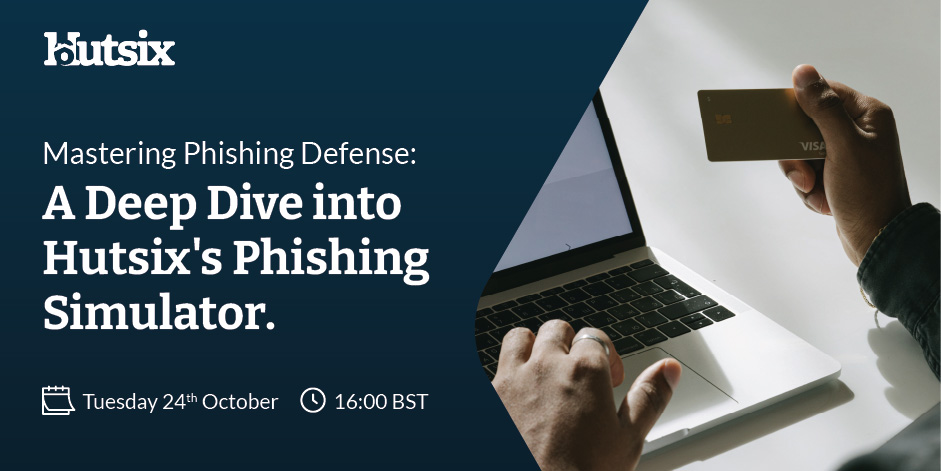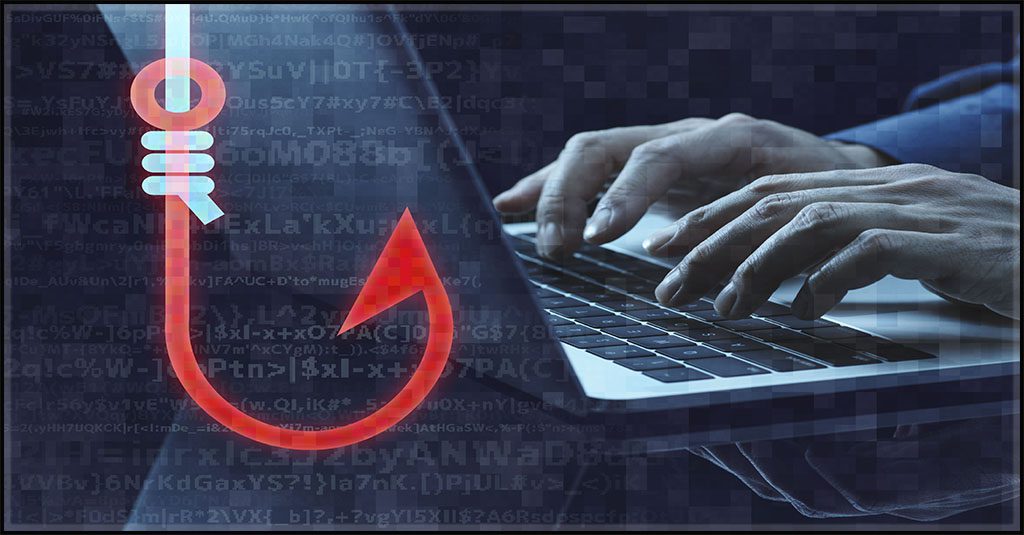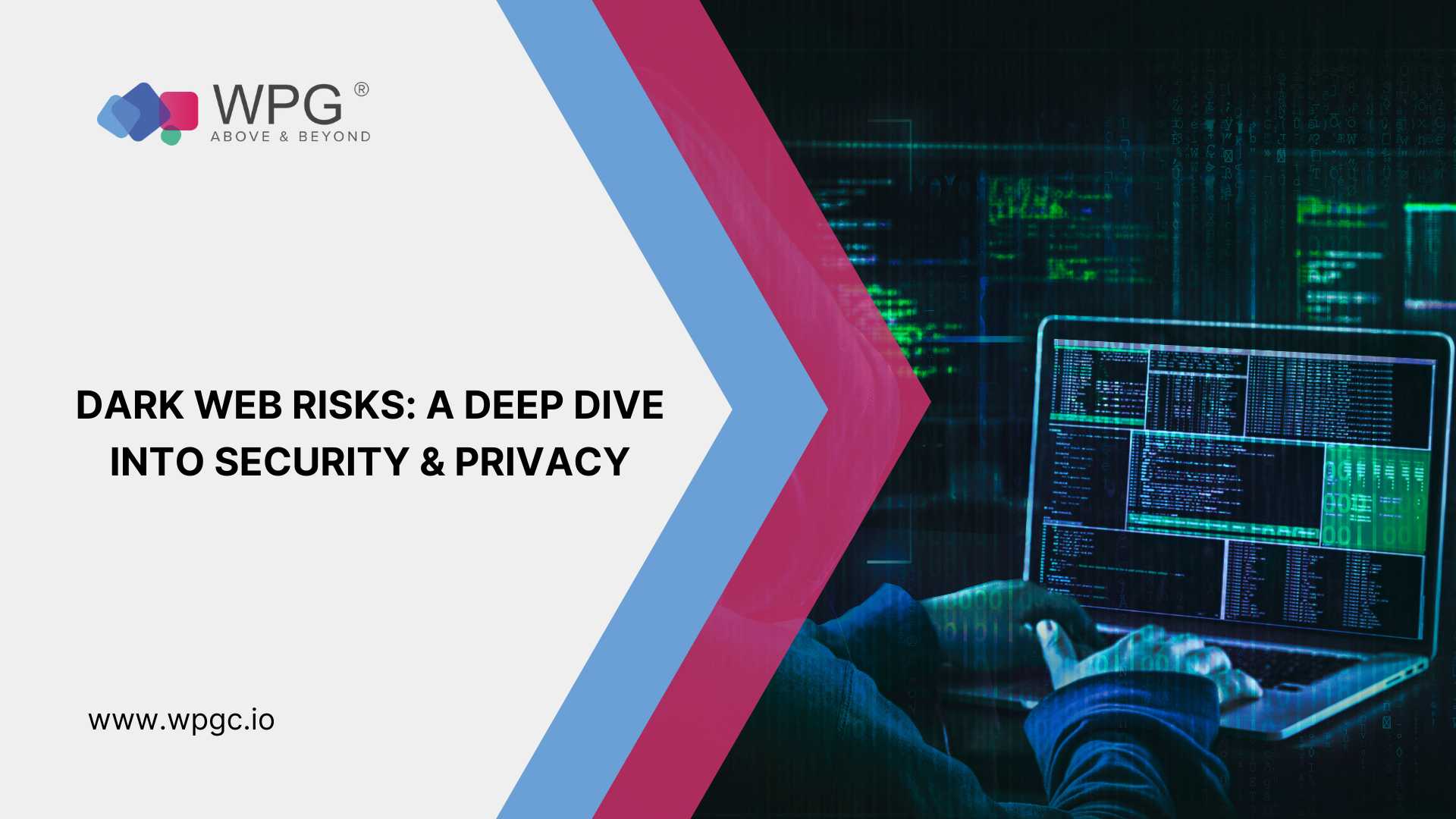
Introduction
Definition of Phishing
Phishing is a cyber attack aimed at deceiving individuals into providing sensitive information such as usernames, passwords, and financial details. It often masquerades as a trustworthy entity, making it a sneaky and manipulative tactic. For instance, a user might receive an email that appears to be from their bank, requesting them to verify their account details. This clever masquerade is what makes phishing a prevalent threat today.
Evolution of Phishing Attacks
The landscape of phishing has transformed significantly since its inception in the late 1990s. Initially, attacks were simple and generic, often using mass emails sent to thousands of potential victims. Over the years, they have become more sophisticated and targeted.
Consider these key stages in the evolution:
- Early Phishing (1996-2003): Basic email scams that were easily recognizable.
- Spear Phishing (2004-2010): Personalized attacks targeting specific individuals or organizations.
- Whaling (2011-Present): High-stakes attacks aimed at senior executives within companies, often yielding greater financial rewards.
This continuous evolution highlights the need for improved awareness and defenses against such cyber threats. With personal anecdotes of friends and family falling victim to these scams, the urgency to address phishing becomes even clearer.

Types of Phishing Attacks
Email Phishing
Email phishing is perhaps the most recognized type of phishing attack. Attackers send emails that appear legitimate, often containing urgent messages that prompt users to click on malicious links. A personal anecdote might involve a colleague receiving an email that looks exactly like it came from our IT department, urging countless staff members to reset their passwords immediately.
Spear Phishing
Spear phishing takes targeting to another level by focusing on specific individuals or organizations. Unlike bulk phishing emails, spear phishing involves personalization—attackers gather information about their victims, making their attacks seemingly credible. For instance, someone might receive an email from a “friend” asking for financial assistance, backed by details that only a known acquaintance would know.
Whaling
Whaling is the most dangerous type of phishing, specifically aimed at high-profile targets like C-suite executives. These attacks often involve significant financial stakes, such as fraudulent wire transfer requests. For example, there have been instances where CEOs received emails directing them to authorize large payments to vendors that turned out to be fictitious.
Vishing
Vishing, or voice phishing, involves attackers targeting victims over the phone, often impersonating legitimate institutions such as banks or the IRS. The call might play out like this: an unsuspecting victim receives a call claiming there’s been suspicious activity on their account, prompting them to provide sensitive information.
Smishing
Finally, smishing—SMS phishing—utilizes text messages to lure victims into revealing personal information. A common tactic involves sending a text that appears to come from a reputable company, offering a too-good-to-be-true discount. Readers might recall receiving such messages, always advocating for caution and verification before clicking on links.
The variety of phishing attacks illustrates the importance of recognizing and understanding these tactics to safeguard personal and organizational information effectively.

Common Phishing Techniques
Spoofing
Spoofing is a common tactic where attackers disguise themselves as a trusted entity, manipulating email headers to make it appear as though the message is coming from a legitimate source. Picture receiving an email that looks like it’s from your bank, but upon closer inspection, the sender’s email address is slightly altered. Recognizing such red flags can save one from a potential breach.
Clone Phishing
Clone phishing involves creating a replica of a legitimate email previously sent to the victim, but with malicious links or attachments. For instance, if a user received a benign email with an attachment, a hacker might resend the same email, altering the attachment to include malware. Personal stories often highlight how easily someone can overlook these small changes.
Link Manipulation
Link manipulation tricks users into clicking harmful URLs that appear legitimate. Attackers mask the actual link with deceptive text, leading to malicious sites. A common scenario might involve a well-known company’s name in the text, while the link directs users to a fake website. Always hovering over the link before clicking can help reveal the true destination.
Content Injection
Content injection occurs when attackers insert false information into legitimate websites. This might include forms that collect sensitive user data or fake alerts prompting users to take action. Imagine visiting your favorite online shopping site and suddenly seeing a pop-up for a special offer that seems too good to be true—it’s crucial to question such unexpected messages.
Understanding these common phishing techniques is essential in fostering a proactive cybersecurity mindset, allowing individuals to protect themselves and minimize vulnerabilities.

Impact of Phishing
Financial Losses
The financial impact of phishing can be devastating. Businesses and individuals alike face significant losses due to fraudulent transactions, theft, and remediation costs. For example, consider a small business that falls victim to a phishing scam; it may lose thousands of dollars before it realizes what has happened. Key statistics illustrate this threat:
- The average loss per phishing attack is estimated at $1.6 million for organizations.
- Over 50% of businesses report experiencing a phishing attack.
Data Breaches
Phishing attacks are often gateways to larger data breaches, compromising sensitive information such as personal identification and financial data. A notable incident involved a major corporation that fell prey to a phishing scam, resulting in the exposure of customer information for millions. This not only affects individuals but can lead to legal liabilities for the businesses involved.
Reputational Damage
The reputational ramifications can be equally severe. Companies that become victims of phishing attacks often suffer long-term damage to their brand trust. Customers may lose faith in their ability to protect sensitive data, leading to reduced customer loyalty and revenues. An anecdote from a well-known healthcare provider highlights how a phishing incident led to a sharp decline in patient trust and, consequently, a drop in new patient enrollments.
The compounding effects of financial losses, data breaches, and reputational damage serve as a stark reminder that phishing is not just a nuisance but a serious threat that demands vigilance and proactive strategies.

Role of Social Engineering in Phishing
Psychological Manipulation
Social engineering is at the core of phishing attacks, leveraging psychological manipulation to trick individuals into taking actions that compromise their security. Attackers exploit human emotions—fear, urgency, curiosity—crafting messages that compel users to react quickly. For instance, a user might receive an email warning that their account will be suspended unless they respond immediately. This urgency can cloud judgment, leading even savvy users to fall into traps.
Importance of Cyber Awareness
Enhancing cyber awareness is crucial in combating phishing tactics. Education programs can empower individuals to recognize phishing attempts and respond appropriately. Regular training sessions can help employees:
- Identify common phishing signs, like poor grammar or unusual sender addresses.
- Practice cautious behavior, such as verifying requests before providing information.
A personal experience shared by a colleague underscores this importance; after completing a cyber awareness workshop, they successfully identified and reported a phishing email that others might have ignored. Investing in awareness not only protects individuals but fosters a culture of security within organizations. With a proactive approach, the risks posed by social engineering can be significantly minimized, ensuring everyone plays a role in safeguarding sensitive information.

Preventive Measures and Best Practices
Employee Training Programs
Implementing robust employee training programs is essential in creating a proactive defense against phishing attacks. Regular workshops, seminars, and simulated phishing exercises help team members understand the tactics used by attackers. For example, a friend recounted her experience in a company’s phishing simulation, where employees received mock phishing emails—many fell for them, but the training raised awareness. Key components of effective training include:
- Identifying red flags in emails.
- Reporting suspicious communications.
- Practicing safe browsing habits.
Multi-Factor Authentication
Multi-factor authentication (MFA) adds an extra layer of security, making it more challenging for attackers to access sensitive information. With MFA, even if passwords are compromised, unauthorized access remains difficult. Consider the simple scenario where a user receives a notification on their phone when attempting to log in from an unrecognized device; this additional verification step can thwart malicious attempts.
Anti-Phishing Software
Investing in anti-phishing software is another crucial strategy. These tools can recognize and block phishing attempts, often flagging suspicious emails before they reach inboxes. Regular updates ensure that organizations stay ahead of evolving threats. Incorporating such software into regular cybersecurity measures can significantly enhance an organization’s defense.
By adopting these preventive measures and best practices, businesses can fortify their defenses against phishing attacks, ensuring a safer digital environment for everyone. The combination of education, technology, and proactive policies helps cultivate a culture of vigilance, essential in the fight against cyber threats.

Legal and Regulatory Aspects
Data Protection Laws
Understanding data protection laws is crucial in the context of phishing, as they establish guidelines for how organizations must handle sensitive information. Regulations like the General Data Protection Regulation (GDPR) in Europe and the California Consumer Privacy Act (CCPA) in the U.S. hold businesses accountable for protecting personal data. For instance, non-compliance with these laws can lead to hefty fines and legal repercussions. A colleague shared how their company revamped security protocols after a phishing incident, ensuring adherence to these regulations and safeguarding vital customer information.
Reporting Phishing Incidents
Reporting phishing incidents not only helps protect individuals but also strengthens community awareness and response efforts. Many organizations encourage employees to report suspected phishing attempts, creating a layer of collective vigilance. This reporting can often lead to improved security measures and better training programs.
- How to Report:
- Forward suspicious emails to the IT department.
- Use designated platforms or websites, such as the Federal Trade Commission (FTC) in the U.S., for reporting.
Taking these steps enhances organizational resilience and contributes to broader efforts in combating phishing. By recognizing the importance of legal compliance and incident reporting, businesses can play an active role in the ongoing battle against cyber threats, fostering a safer digital landscape for everyone.

Case Studies
Notable Phishing Attacks
Examining notable phishing attacks provides valuable insights into the evolving tactics used by cybercriminals. One well-documented case is the 2016 attack on the Democratic National Committee (DNC), where attackers utilized spear phishing emails to gain access to sensitive information. In another instance, a large corporation fell victim to a whaling attack, led by a deceptively crafted request that appeared to be from the CEO, resulting in a substantial financial loss. These examples serve as stark reminders of the vulnerabilities organizations face in the digital landscape.
Lessons Learned
From these incidents, several key lessons emerge:
- Vigilance is Key: Continuous monitoring and prompt reporting of suspicious emails can prevent attacks from escalating.
- Tailored Training: Personalized training programs tailored to specific roles within a company can enhance awareness regarding targeted phishing attempts.
- Backup Systems: Regularly updating and backing up data can mitigate the impact of a successful phishing attack.
A friend of mine had a close call with a phishing attempt while working at a tech firm. Reflecting on that incident, they emphasized how crucial it was to stay informed and educated about current threats. By learning from past mistakes, organizations can strengthen their defenses against phishing and better safeguard their valuable information.

Future Trends in Phishing
AI-Powered Phishing
As technology evolves, so do the tactics used by cybercriminals. One alarming trend is the rise of AI-powered phishing attacks, where algorithms generate highly convincing emails that can easily deceive users. These AI tools can analyze language patterns and craft messages that are tailored to individuals, making them appear legitimate. A friend of mine recently shared how they received an email so convincing that it took multiple checks to realize it was a phishing attempt. Such sophistication highlights the necessity for heightened scrutiny in all digital communications.
Deceptive Deepfakes
Another concerning development is the use of deceptive deepfakes—manipulated videos or audio recordings that can impersonate individuals. These technologies can create realistic simulations of a person’s voice or appearance, making it possible for attackers to impersonate executives or trusted contacts. For instance, there have been reports of deepfake audio convincing employees to transfer funds, compounding the threat of phishing. To safeguard against this emerging danger, companies will need to invest in robust verification processes, ensuring that requests for sensitive actions can be thoroughly validated.
Embracing awareness of these future trends can help individuals and organizations alike prepare for the evolving landscape of phishing threats.

Conclusion
Recap of Key Points
In this deep dive into phishing, we’ve explored the definition and evolution of phishing attacks, highlighted various types such as email phishing, spear phishing, and whaling, and examined common techniques like spoofing and link manipulation. Furthermore, we discussed the significant impact of phishing, which includes financial losses, data breaches, and reputational damages. The role of social engineering is critical, leveraging psychological manipulation to exploit vulnerabilities. Lastly, the importance of preventive measures, including employee training and anti-phishing software, cannot be overstated.
Call to Action
Now, it’s time for action! Organizations should prioritize implementing thorough training programs and robust security measures to safeguard sensitive information. Individuals must remain vigilant and proactive in identifying potential threats. Consider sharing this knowledge with colleagues and friends to foster a culture of cybersecurity awareness. Remember, by staying informed and prepared, we can collectively reduce the risks associated with phishing attacks. Let’s unite in the fight against cybercrime and contribute to a safer digital landscape for everyone.

